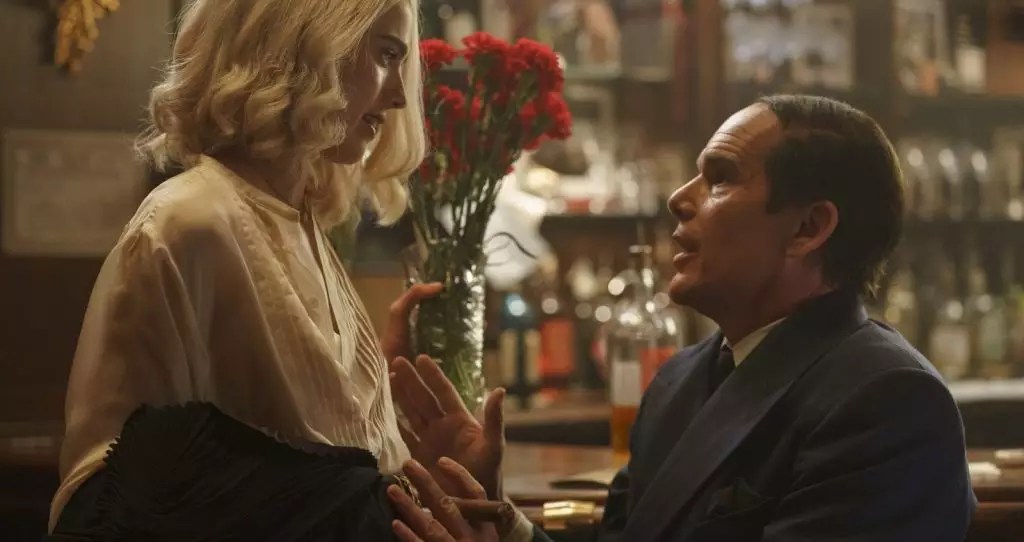In the ever-evolving landscape of film, Richard Linklater’s upcoming release, “Blue Moon,” sheds a brilliant light on the life of legendary tunesmith Lorenz Hart, as portrayed by Ethan Hawke. Set to make waves on October 17, with an expansion on October 24, this film carries substantial weight—not just as a cinematic piece, but as a powerful homage to an often overlooked figure in American music. The stellar cast featuring stars like Margaret Qualley, Bobby Cannavale, and Andrew Scott truly adds an air of anticipation around its release.
Linklater, known for his innovative storytelling techniques, has a knack for breathing life into historical narratives. However, what sets “Blue Moon” apart is its deep and emotional exploration of Hart’s final days amid the Broadway glory of 1943. Forget the mere documentation of a musical legend. Instead, filmgoers are offered an existential glimpse into the internal struggles of a creative genius battling not only the pressures of artistic expectations but also the ever-looming specter of his mortality.
The Cultural Commentary of a Bygone Era
The film ingeniously situates itself within the historic milieu of Sardi’s Restaurant, a landmark associated with the Broadway elite. Here, as audience members are swept into the past, they will also confront pressing themes of identity, sexuality, and the price of fame. Hart’s story is not just one of success; it serves as a poignant reminder of how society often overlooks the complexities behind creative brilliance. In an era riddled with superficial glorification, “Blue Moon” invites a much-needed dialogue about the emotional toll that relentless ambition can impose, a narrative stroke that is as relevant today as it was in Hart’s time.
While the film’s subject elicits a sense of nostalgia, it simultaneously critiques the societal values of its era, shedding light on the stigma Hart faced as a gay man in a heteronormative society. Linklater does not shy away from this complexity; rather, he amplifies it, underscoring the deep-rooted repercussions of a world that is often unkind to those who dare to carve their identities unapologetically.
A Call to Action for Creative Reclamation
“Blue Moon” isn’t merely a retrospective snapshot; it serves as both a celebration and a cautionary tale for today’s creatives navigating their own paths in an unforgiving industry. With Linklater’s history of spotlighting relatable human experiences, this film stands as an urgent call to action for audiences and artists alike. In an era where artistic authenticity must sometimes be sacrificed for mass appeal, this film emboldens the individual pursuit of truth against the backdrop of societal convention.
Linklater’s collaboration with Hawke—now a remarkable ninth—reflects a trusted partnership that promises depth and sincerity. With previous accolades and the recent nod of Andrew Scott’s Silver Bear award at Berlin, there is a buzzing expectation surrounding the storytelling craftsmanship that “Blue Moon” promises to deliver. It compels us to rethink the narratives we cherish and question the infrastructures that define our cultural legacy.
As fans and critics alike await the film’s debut, “Blue Moon” stands poised not just to enlighten but also to challenge longstanding perceptions of artistry. In an age we often forget to honor the multi-faceted tales of creative legends, this film affirms that the past still has the strength to shape our present.


Leave a Reply